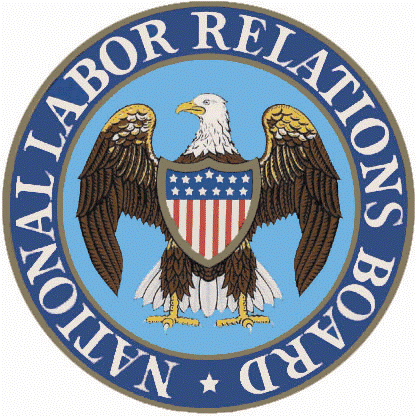By Reyburn W. Lominack III and Steve Bernstein
A union organizer’s dream would consist of a “quickie” election in a gerrymandered unit comprised mostly of card signers. Having established such a beachhead, the union could then engage in an ongoing game of dominoes, with one company department after another falling in line.
In a recent decision (Specialty Healthcare) and a proposed rule change, the Democratic majority of the National Labor Relations Board has signaled its intention to fulfill the organizers’ dream.
Expedited process or “quickie elections?”
On November 30, 2011, the NLRB approved a resolution to proceed with new rules designed to expedite the election process for union representation of employees. The 2-1 vote came down along party lines, following a rare public meeting amidst intense debate.
Notwithstanding their representations to the contrary, the proposed amendments, framed by Democratic majority members Mark Pearce and Craig Becker, appear to be only slightly modified from the controversial proposals initially published this past June. In a vigorous dissent, Republican Member Brian Hayes (who had previously contemplated a resignation that would have nullified a legal quorum), declared the Resolution “as unacceptable now as it was in June.”
The Resolution is not yet the law, but rather a general summary of what will soon be published as final rules following approval by the same majority that has already proposed it.
The Board is expected to lose its quorum status upon the expiration of Member Becker’s recess appointment at the end of this calendar year. Consequently, it now seems clear that the majority is determined to publish final rules before then, which could take effect at virtually any point thereafter, barring successful injunctive or legislative action in the interim. Chairman Pearce suggested that final rules could be published even if approved by only two members, and regardless of whether member Hayes had yet had an opportunity to fully review the rules, let alone author a dissent.
The devilish details
The final rules have yet to be published and the Resolution itself is subject to interpretation. Nonetheless, we already know that the Resolution provides for the following changes, all of which would serve to substantially expedite the election process:
- Gives new-found latitude to hearing officers to confine pre-election representation hearings to matters that are “relevant to a genuine issue of material fact as to whether a question of representation exists;”
- Deprives parties of the right to file post-hearing briefs, absent express permission from that hearing officer;
- Eliminates the right to seek review of any rulings pertaining to the appropriate bargaining unit and related items until after the election has taken place, and the ballots counted;
- Rescinds current regulations imposing a delay of 25-30 days between the date an election is directed and the election itself;
- Denies the right to request special permission to appeal directly to the Board absent “extraordinary circumstances;” and,
- Amends current rules to give the Board discretion to deny final review of post-election disputes.
The Board did clarify that the upcoming rules will not include the initially proposed amendments regarding electronic petition filing; pre-election hearing timetables; mandatory Statements of Position; voter eligibility list timetables; and submission of employee e-mail addresses and phone numbers. It’s significant to note that these rules for streamlined processing of election petitions apparently apply only to elections aimed at certifying unions – they do not cover decertification elections in which employees attempt to rid themselves of union representation.
Taken together, these changes represent the most sweeping reforms to representation election procedures since the inception of the National Labor Relations Act. Indeed, it would appear that organized labor has finally secured its “Plan B” to the Employee Free Choice Act, in the form of new “quickie election” rules. As Member Hayes expressed at the public meeting, “the devil is in the details.”
Upon the effective date of the new rules, the median time period between petition and election (which presently stands at 38 days) will be reduced by at least 50 percent, thereby shrinking opportunities for employee education to marginal levels. A thorough analysis of the Resolution itself suggests that elections could soon be imposed within no more than 15 days from the date of petition in some cases.
The larger context
Of course, this framework furthers an agenda long advocated by big labor, which has been pushing for an abbreviated campaign period for decades on the theory that limited education periods typically work to their advantage. A shorter election cycle also cuts into the time that employers would otherwise have to train their supervisors on lawful responses to union activity. To the extent that the Board’s initial June proposal set out to achieve these core objectives, it would appear that the final rules will carry them out.
The final rules may be published at any time, but almost certainly before the Board is expected to lose its quorum on December 31. Consequently, it’s critical for employers to understand the fundamental aspects of the proposed changes and to develop a lawfully tailored response plan as soon as reasonably possible.
This was originally published on Fisher & Phillips’ Legal Alerts. This Legal Alert is intended to provide an overview of an important new law. It is not intended to be, nor should it be construed as, legal advice for any particular fact situation.
